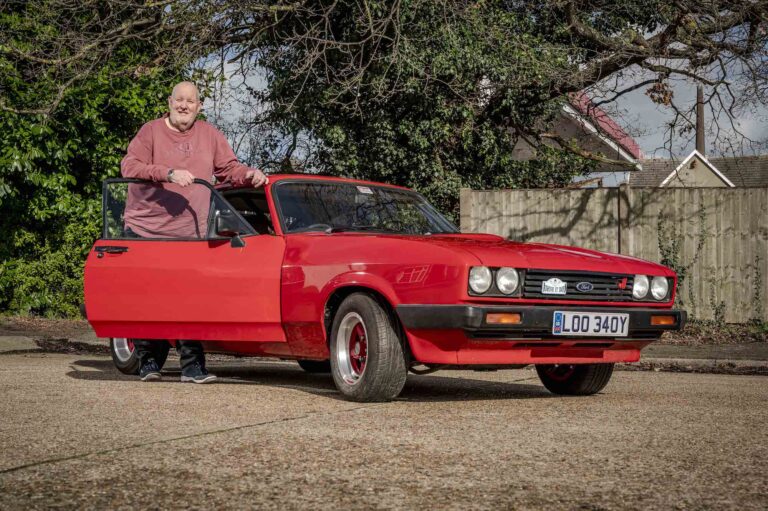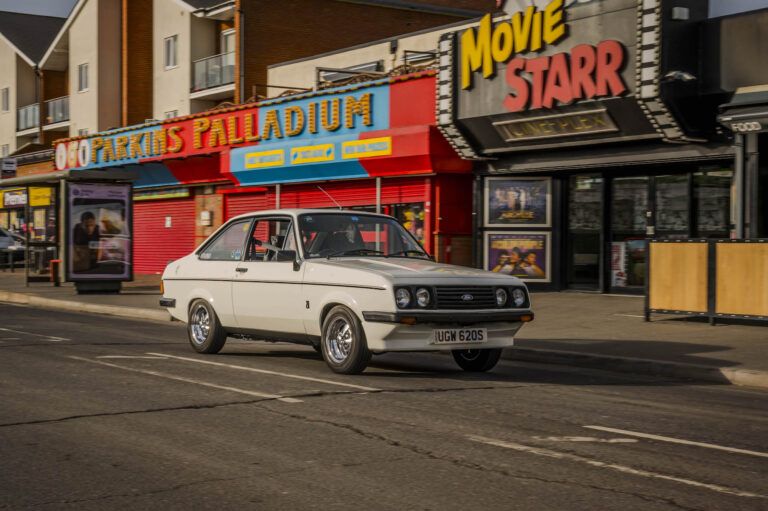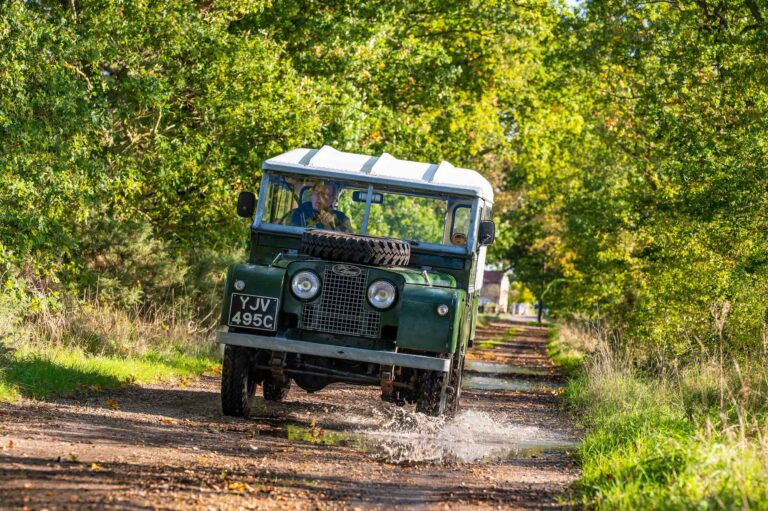When Nigel Dixon first set eyes on his MG PA, it was in a fairly sorry state and used as a plaything by a Norfolk public schoolboy.
With little in the way of an interior, it spent its days hacking around the significant grounds of Gresham’s school in the north of the county.
“It was owned by one of the boarders,” says Nigel, “and it wasn’t roadworthy. When I went there to see it the housemaster said to me ‘well, one way or another it’s got to go’, so perhaps it had been ‘discovered’. I got the message, and made an offer.”
That was in June 1972, and Nigel has recently celebrated half a century of ownership by getting the car back on the road after nearly two decades under wraps.
The little MG remains very much a plaything, a “fun car” used for gentle jaunts around the Norfolk Broads or coast, but now maintained by a man who knows a thing or two about keeping old cars going.
Back in 1972, Nigel was a 23-year-old RAF engineer with no fewer than six Rileys kept in barns at his parents’ smallholding.
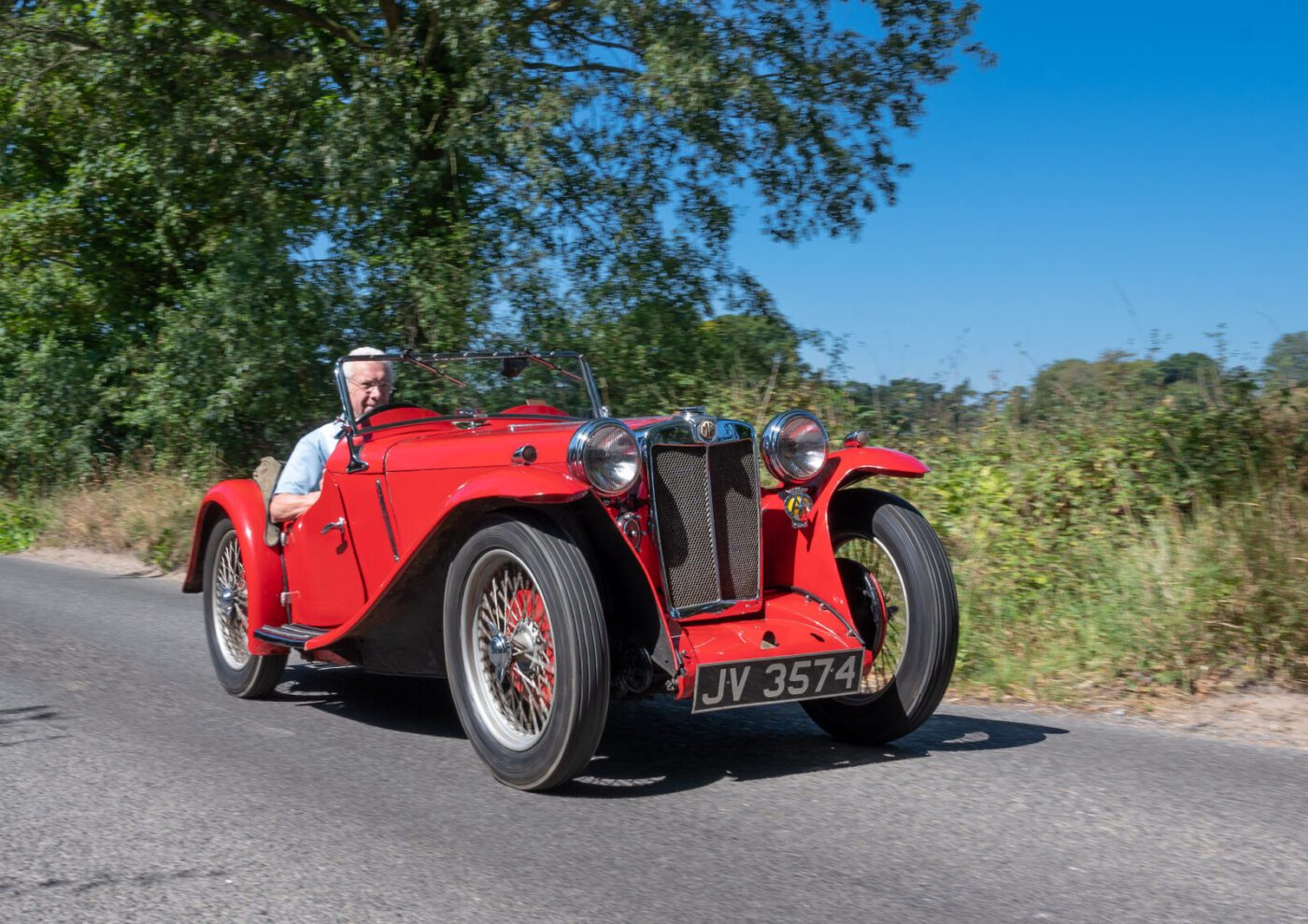
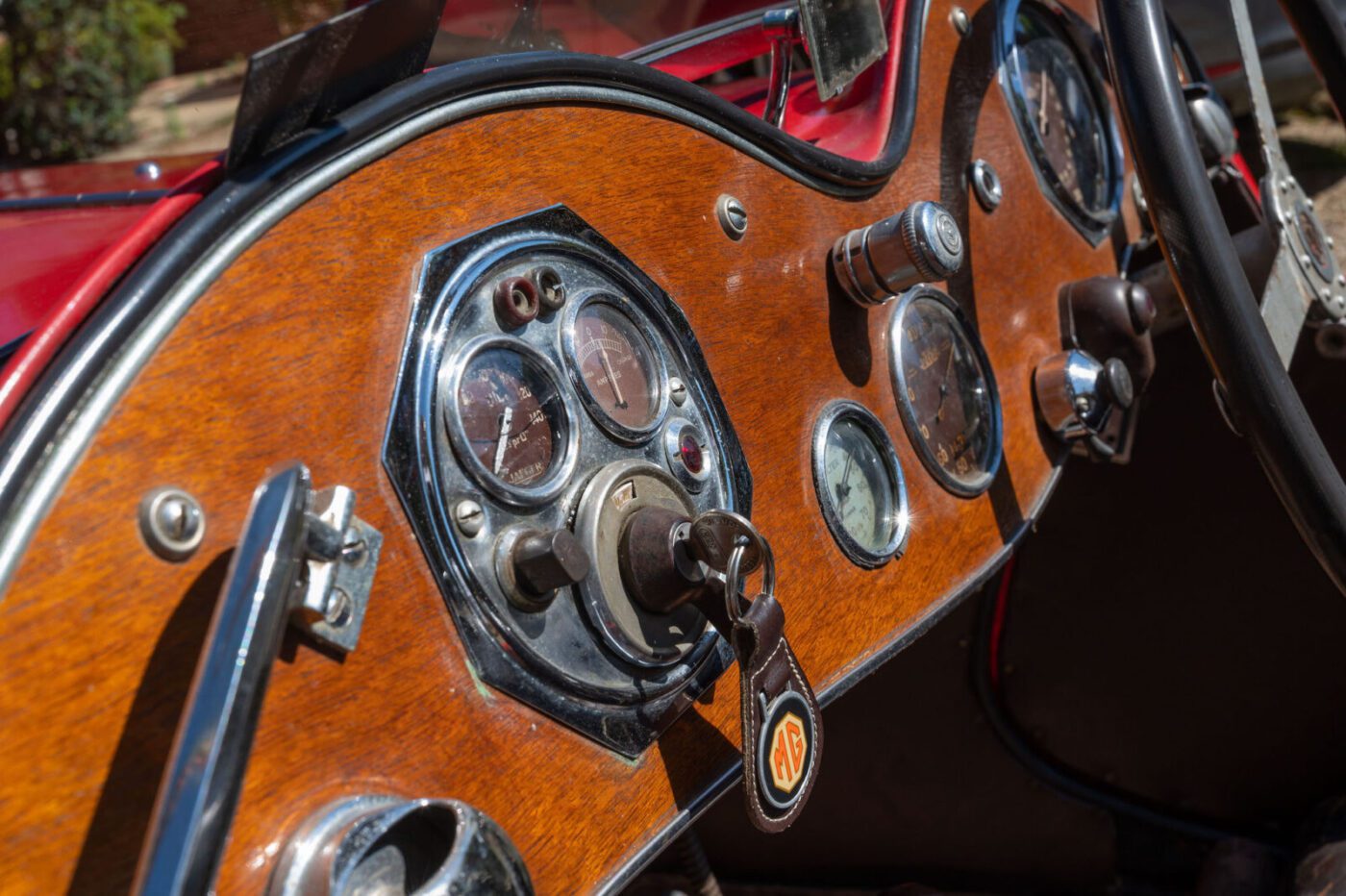
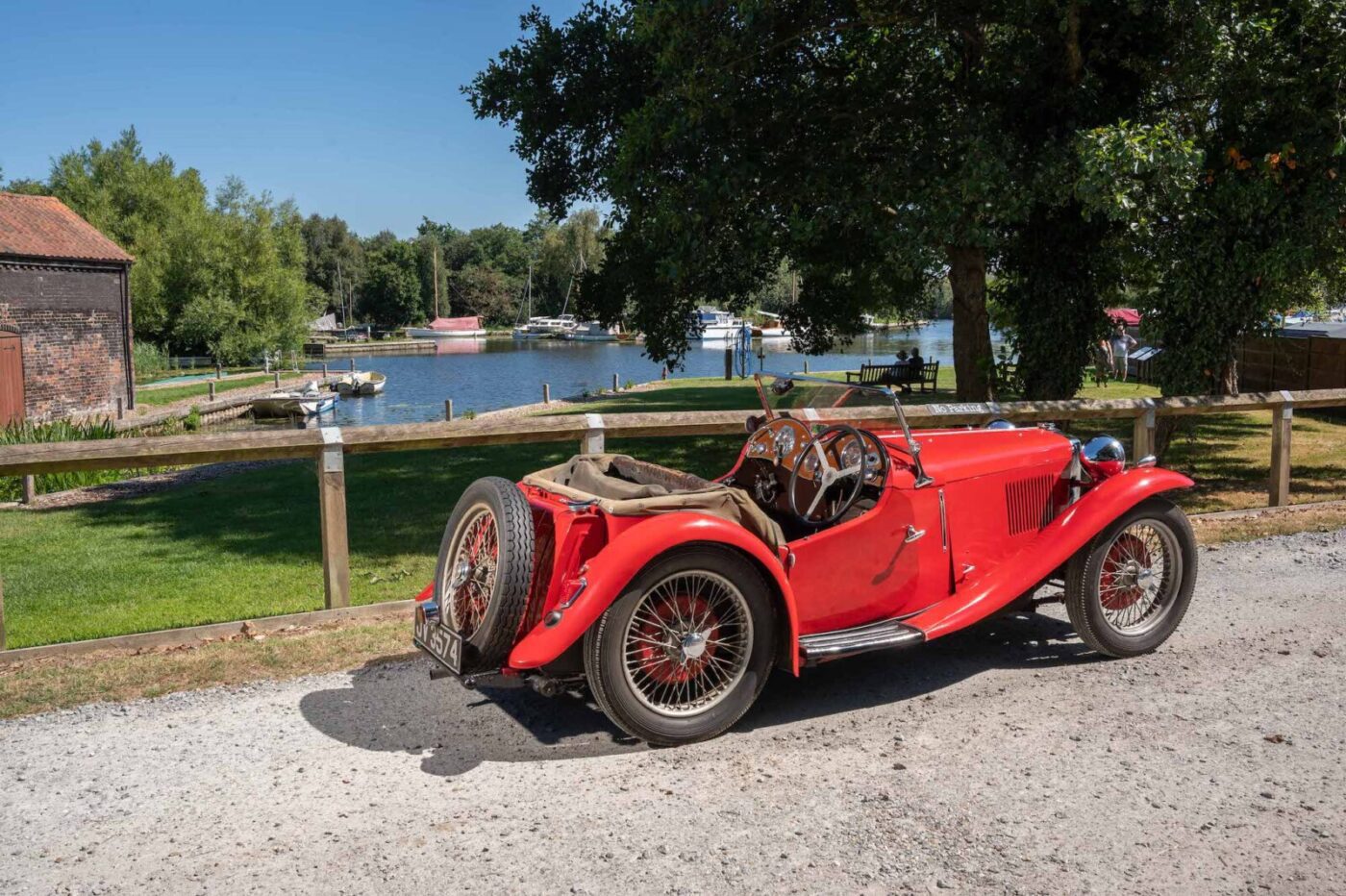
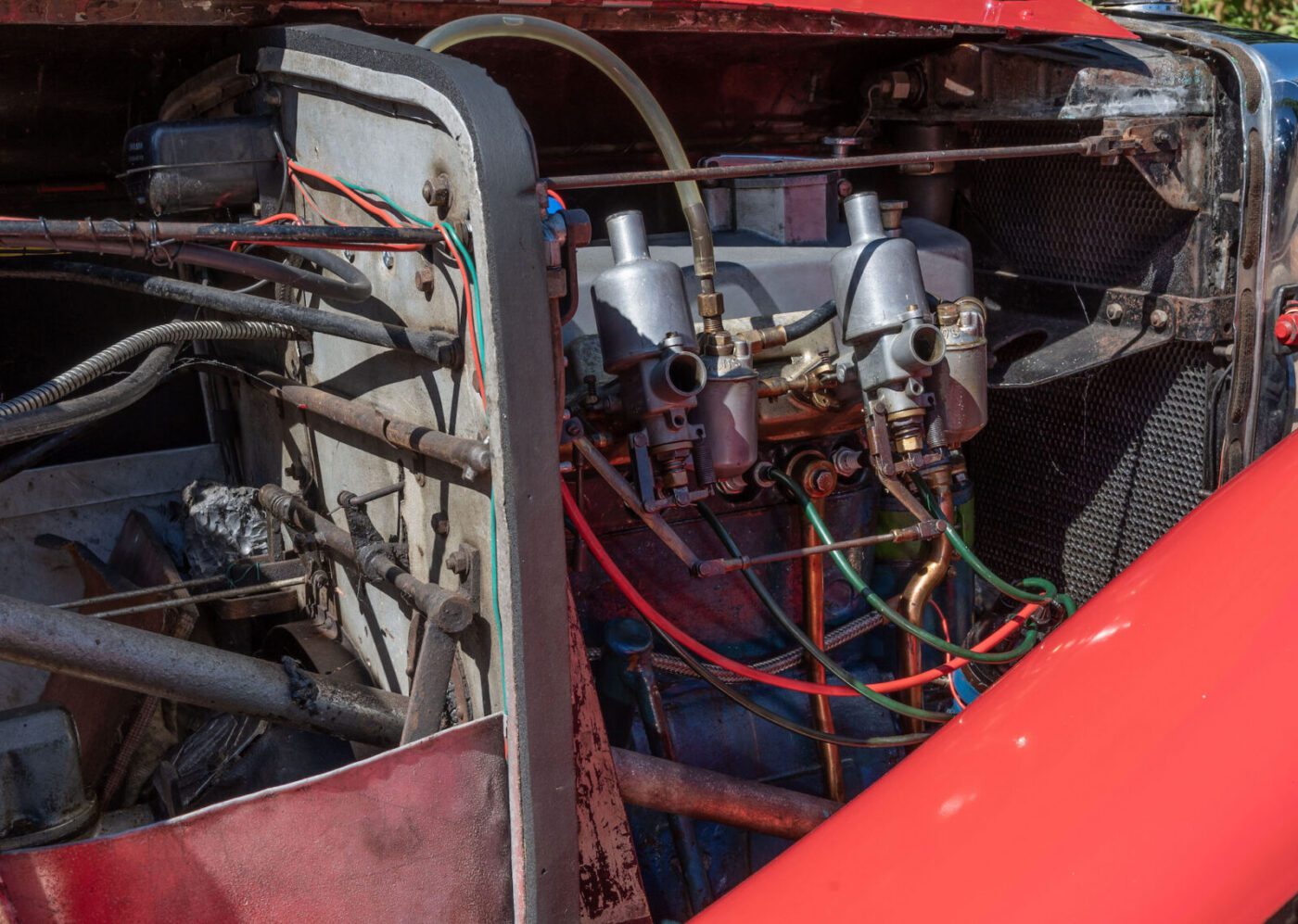
They had encouraged him to eschew motorcycles “to try to make sure that I didn’t put myself at huge risk, principally of killing or maiming myself”, and he’d worked through a variety of cars before starting his Riley collection.
First was a Ford Anglia 100E at 17, followed by his father’s 105E, a Triumph Spitfire, two Austin 10s, a Standard 10, a Wolseley Wasp, and then a Riley RME (followed by three more), joined by a 2.5-litre RMB and a 1935 Riley Falcon.
He still had all the Rileys when he succumbed to a long-held ambition to buy a pre-war MG that dated from his early days in the RAF.
“While I was at RAF Halton doing my apprentice training, one of the guys there had an MG TC, and I thought I’d rather like a TC, or one like that,” he remembers. “But at the time the prices were rising quite fast and I thought ‘I’m not sure I want to pay out as much as this guy did’.”
Nigel bided his time and, several cars later, finally answered an advert in the local newspaper for a 1935 MG PA for sale for £300.
“I had a drive around in it and made an offer of £175 I think,” he says. “It took a little while for the offer to be accepted, but then I put it on a trailer and brought it home.”
READ MORE ABOUT SOME OF OUR GREATEST CLASSIC CARS WITH

A series of articles on our Cult Classics site.
Bought new by an RAF officer in Lincolnshire, 37 years later it was once again in the hands of another RAF officer.
“My parents were very tolerant,” says Nigel. “Luckily they had loads of space with barn buildings, and my father had reached the stage where he no longer wished to keep cattle and pigs and chickens, so we kept cars instead.”
At the time, he was working at nearby RAF Coltishall, living on the base during the week and returning home at weekends.
“I was really motivated to put in the effort, not to restore it, but to get it basically so that I could use it,” he says. “I had it on the road at the beginning of September. I spent my free time, pretty much weekends and leave, doing quite a lot of work on it.
“I effectively recommissioned it by doing a long list of repairs and renewals to the brakes, steering, electrics, chrome work, and interior, and then I repainted it from blue to the original red.”
Other than a little rust treatment to the running boards and a wing or two, the panels remain original, as do the age-worn seats, but the rest of the interior had to be retrimmed, and a new wooden dashboard was fashioned by Nigel’s father from a template to house the original instruments.
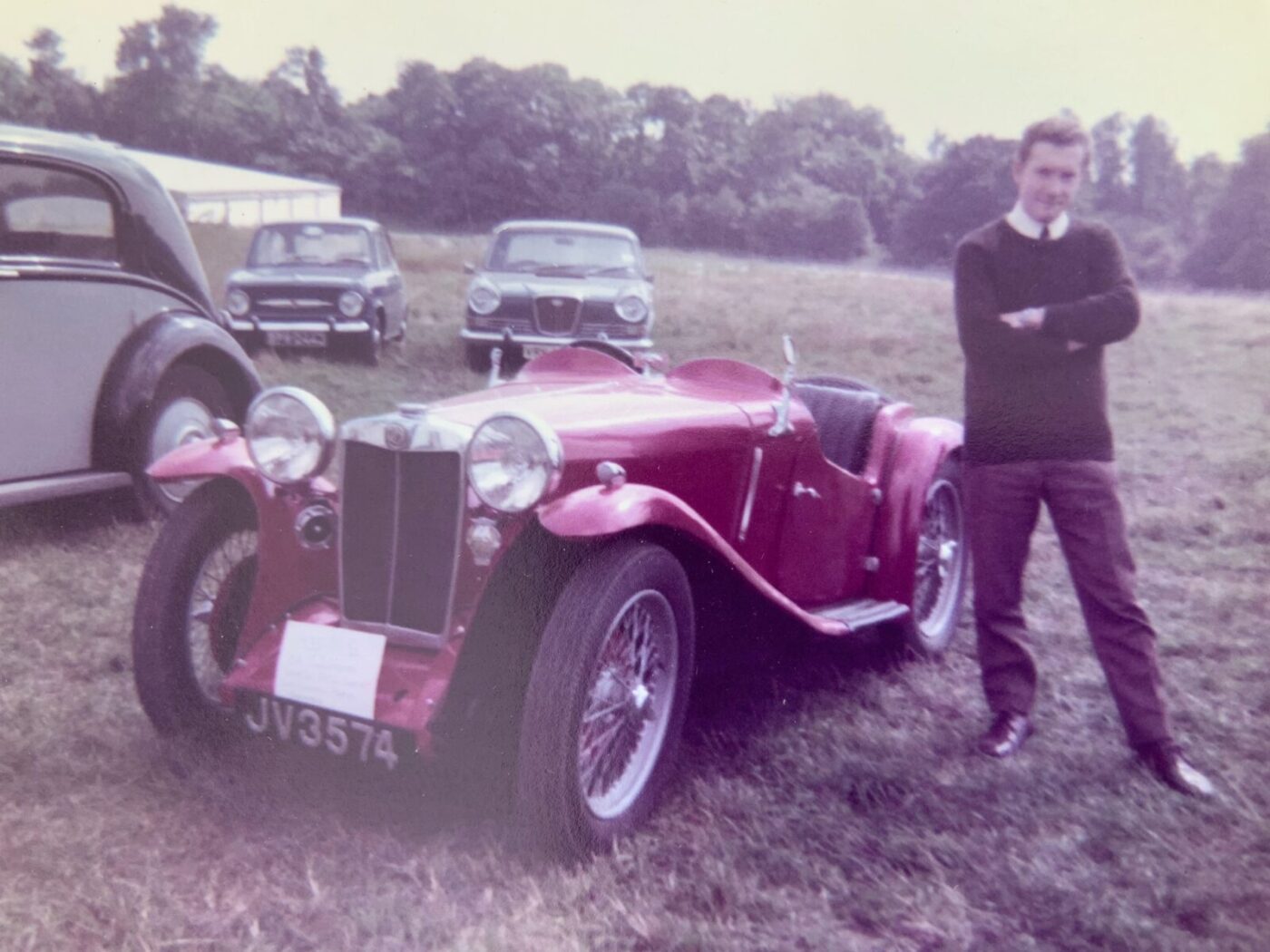
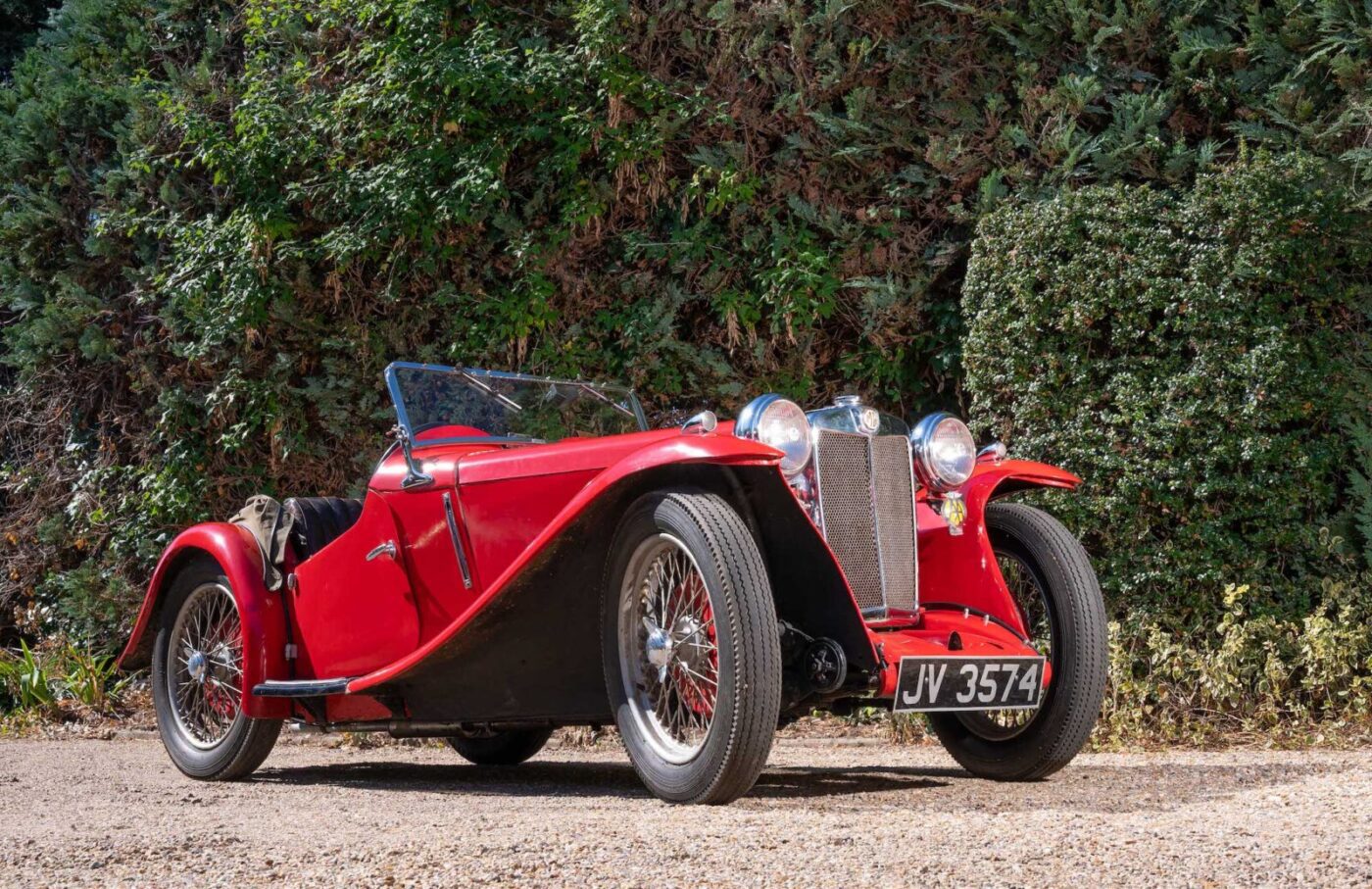
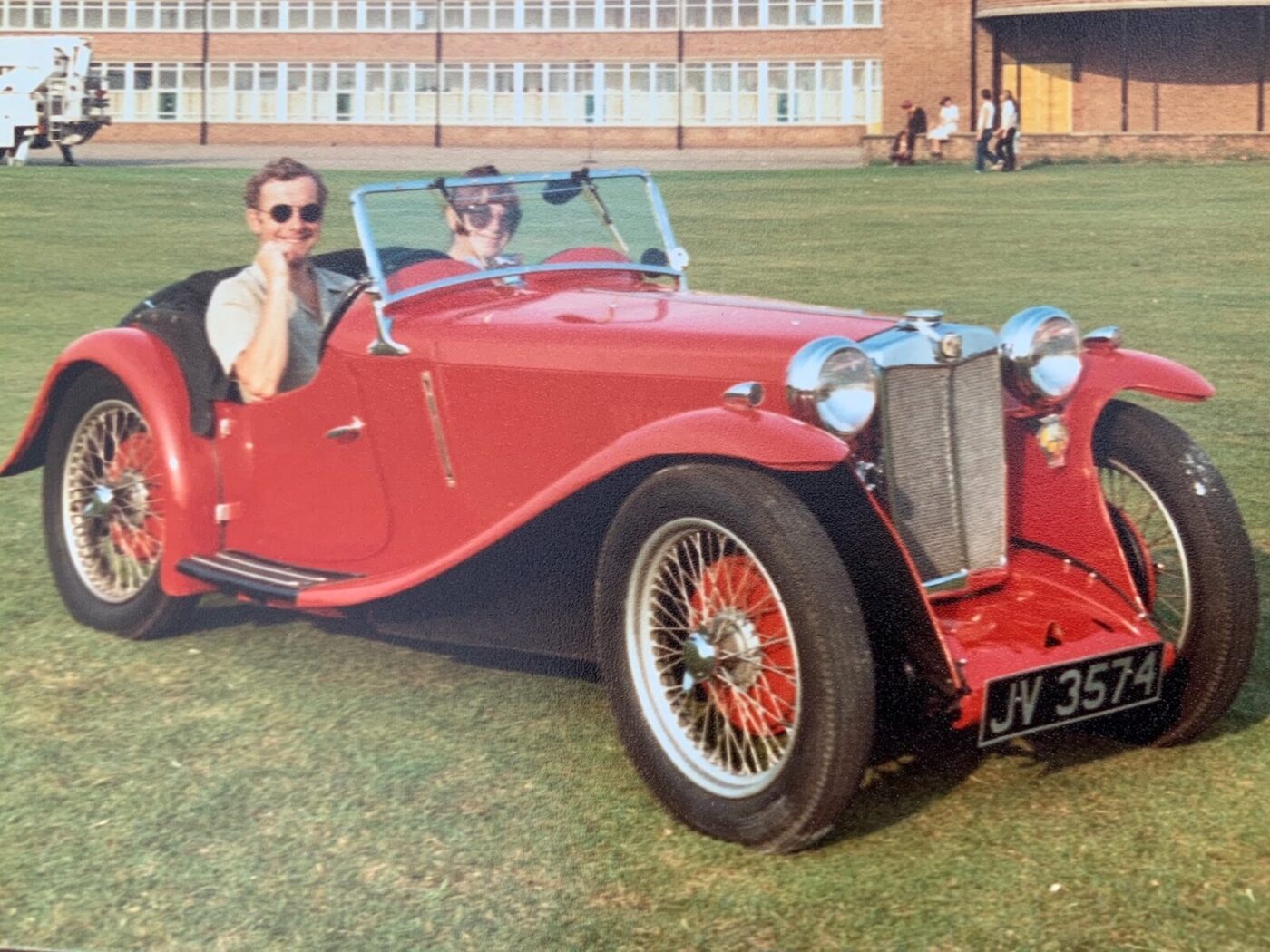
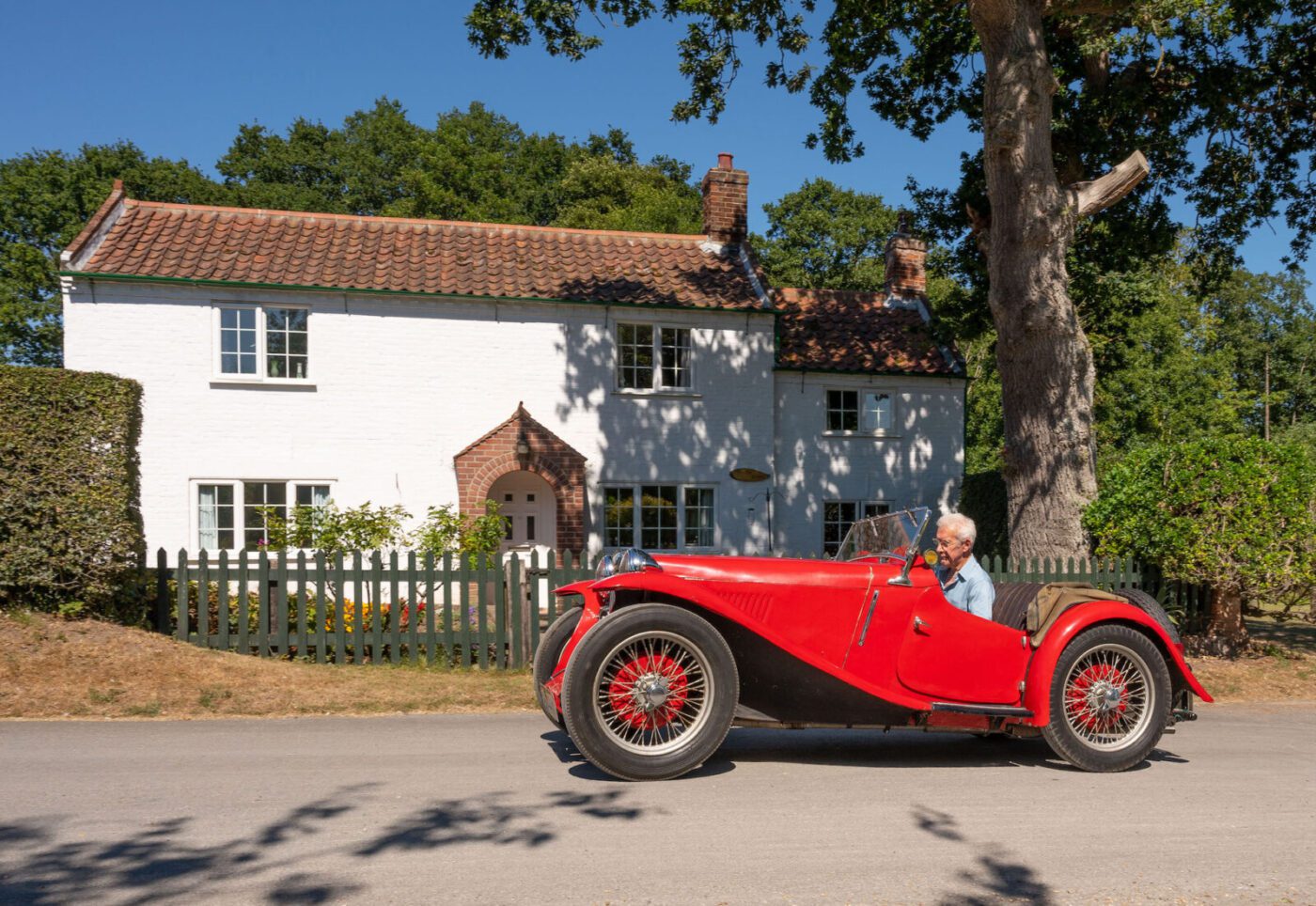
“The other one was knackered in various ways and was covered in a Fablon-type material that made it look wood-grained,” he says, using his aircraft electrical training to completely rewire the car.
“I was in such a rush to get it on the road, I hadn’t actually got a new windscreen, so I drove it around without a windscreen for a while. I quickly realised just how the wind can affect your eyes, and why it was that people wore goggles. I eventually got the windscreen cut, framed and fitted.”
The PA was only manufactured for two years from 1934, and was the successor to the J-Type Midget, with just 1,973 ever produced and very few left on the UK’s roads.
Originally powered by an 847cc unit, Nigel’s car has the later 885cc OHC crossflow engine, with fuel supplied by twin SUs, a free-revving unit capable of propelling the tiny car to about 75mph.
“It was just fun, basically,” says Nigel, now 74 and a district and county councillor. “I’ve taken it to all sorts of shows over the years, wherever we’ve lived.”
Although it’s usually been used for shorter journeys, Nigel did drive it from Norfolk to Lincolnshire when he was stationed near Cleethorpes sometime around 1973, returning to its first ‘home county’.
81.5% of customers could get a cheaper quote over the phone
Protect your car with tailor-made classic car insurance, including agreed value cover and discounts for limited mileage and owners club discounts

“The trip was interesting,” he says, “because I was driving on the A47 when it was not like it is now, and my wife was following me in the car behind.
“I went round a bend and suddenly I lost drive, and I couldn’t quite figure out why. Luckily, on the other side of the road was a layby I could coast off into.
“I discovered that, on one side, the nuts that hold the half shafts in were all off. The tyre was beginning to make contact with the rear wing, and I had to do a roadside repair to make sure I got home. I took two nuts off one side and put them on the other side, so I had a bit of a limitation on how I drove it. Once I got home, I got replacement nuts, and job done.”
For about 30 years, the car’s life was short trips to shows and pleasure runs out in the countryside, but they didn’t always go to plan, particularly on one trip back from a show in the early 2000s.
“I was coming back from the Aylsham show, and there was a huge thunderstorm,” says Nigel. “On either side of the road there were pigs, and they tend to compact the soil. The torrent of rain came off the fields, onto the road and there was a dip in the road I hadn’t taken into account. It was deep water, and it came up to the seats, the carpets were floating, and it wet my backside. It was a good old immersion, but thankfully the car kept going.
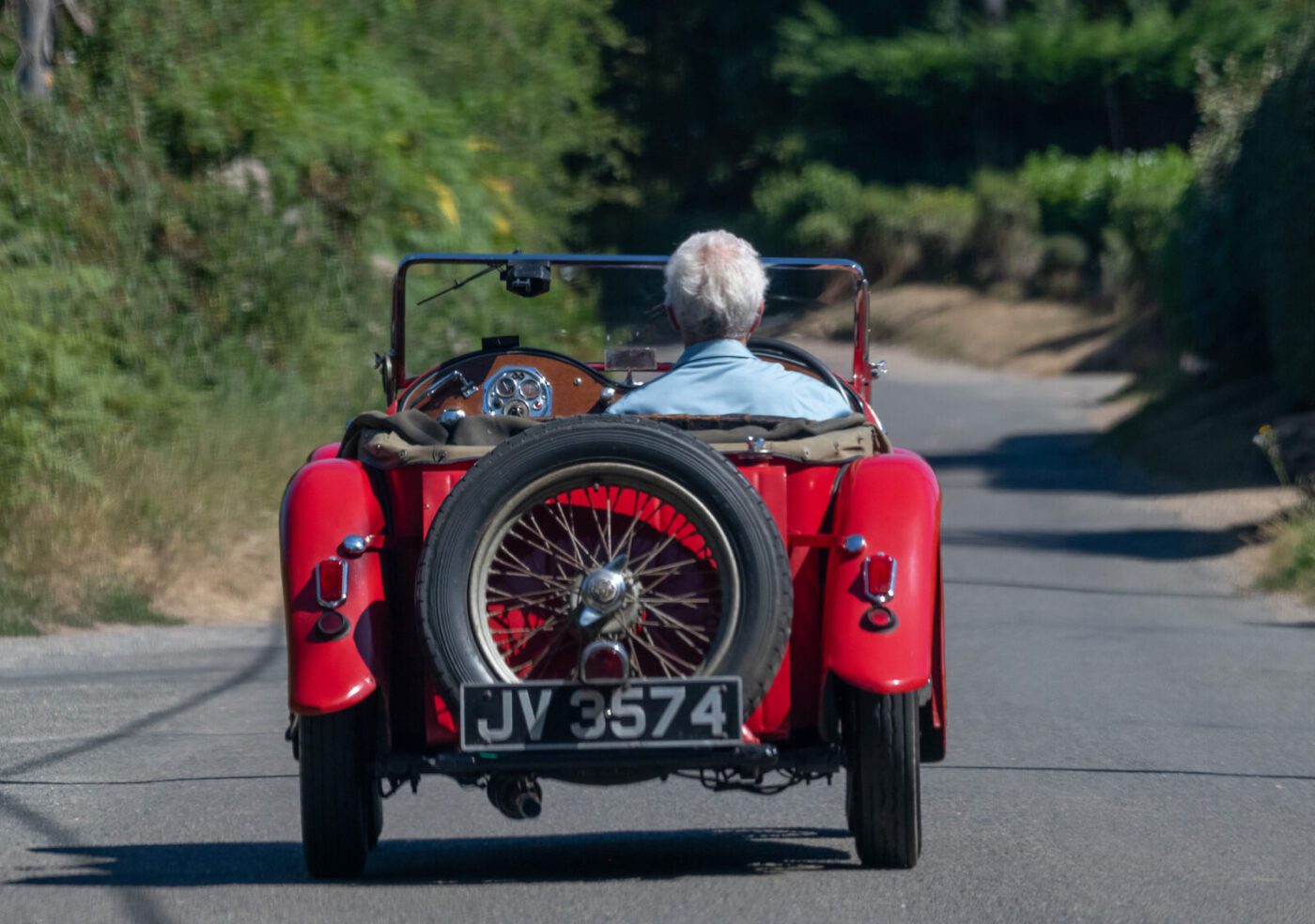
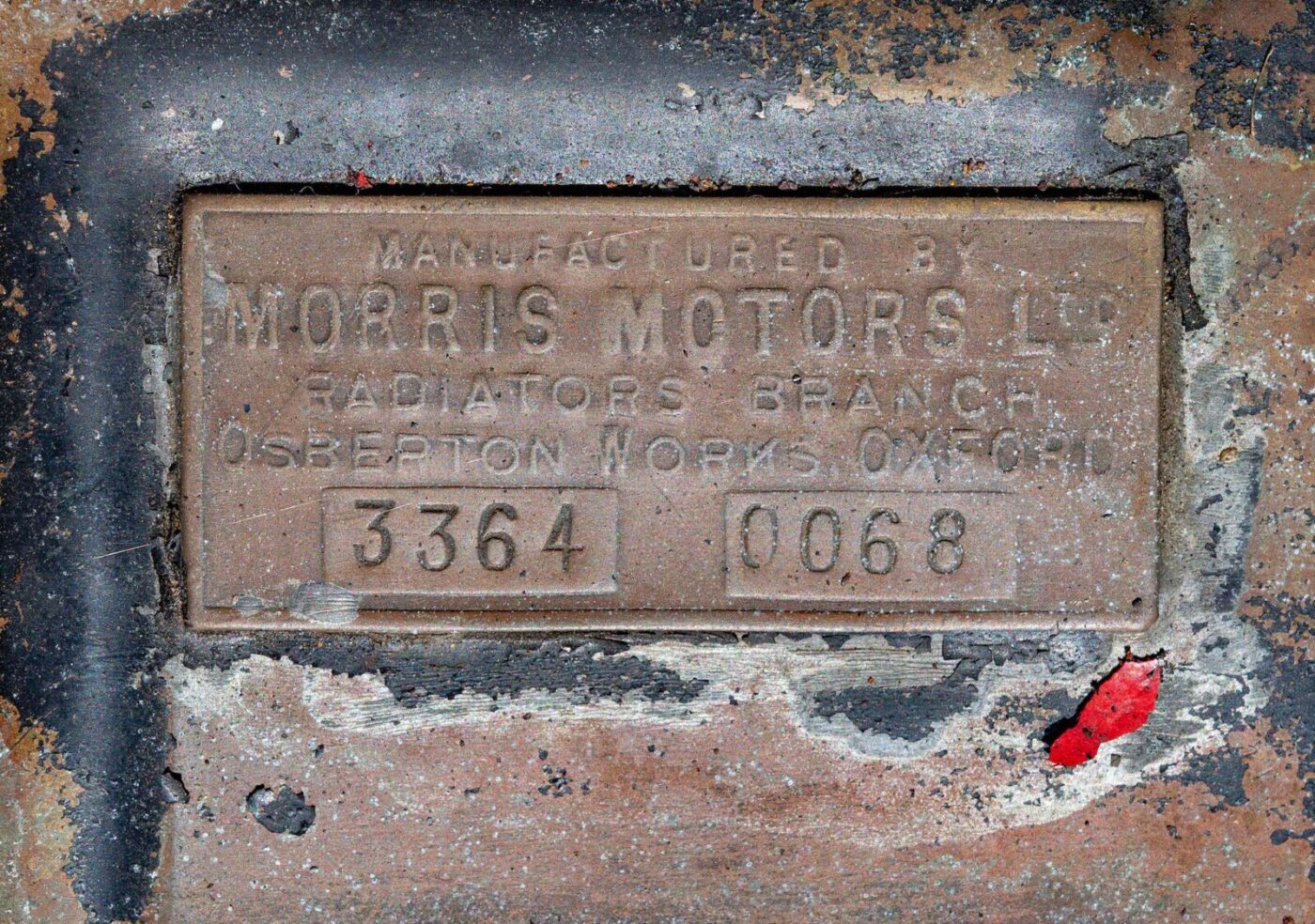
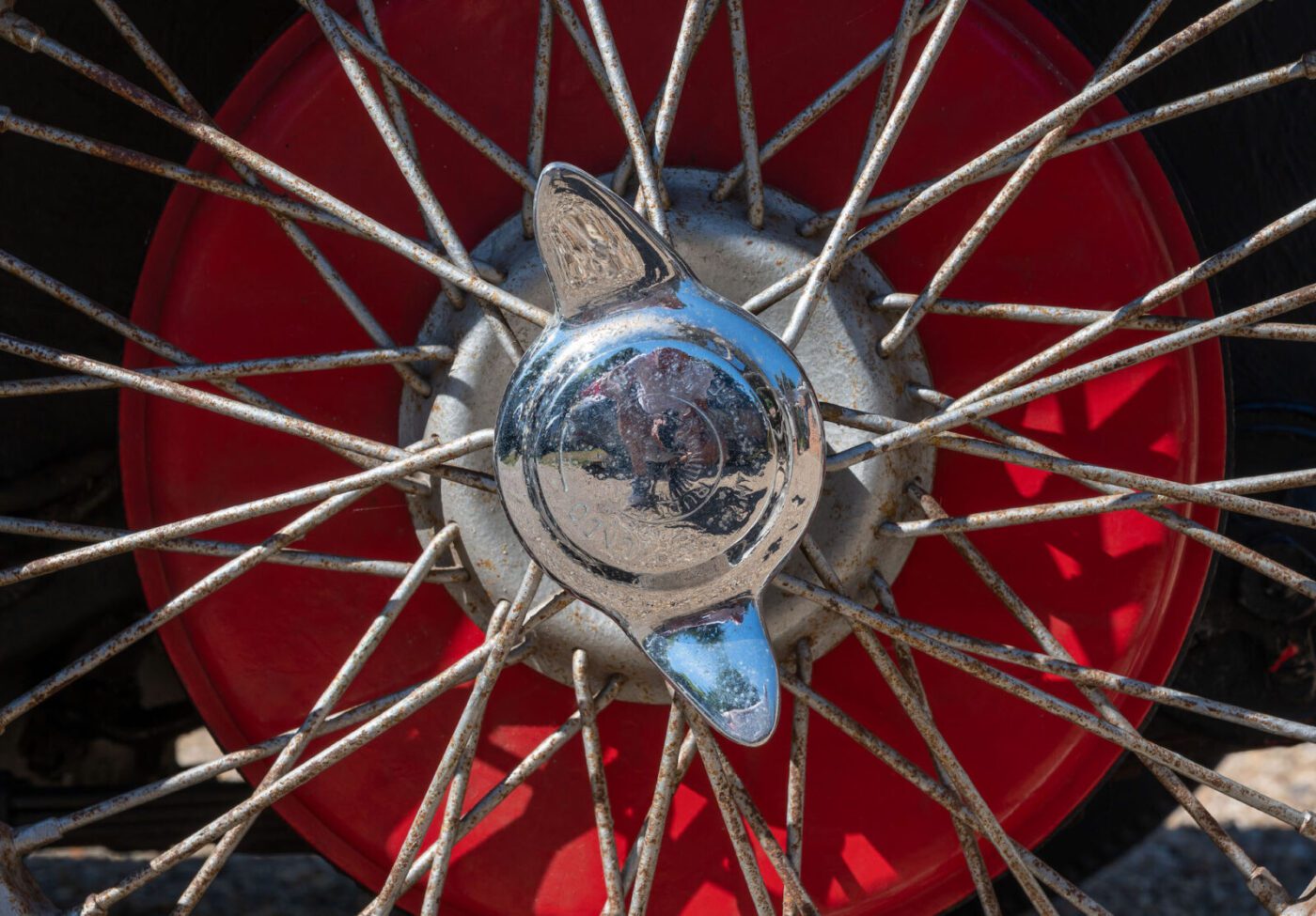
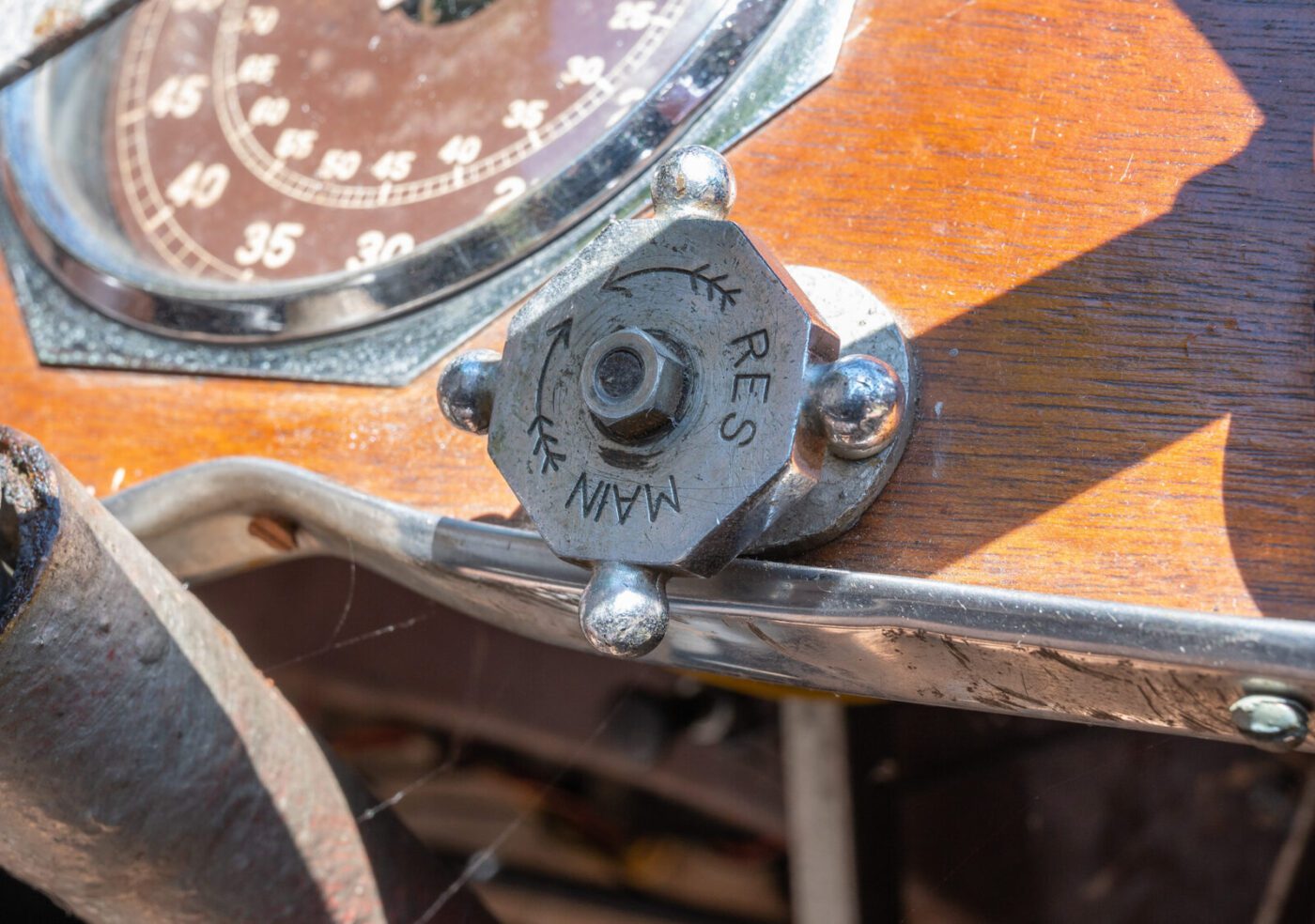
“The hood was up and I had side screens, but the water was coming in because I’d never bothered fitting rubber seals under the windscreen.”
The MG was on the road more or less every year between 1972 and 2005, when a combination of factors saw it mothballed in the barns that Nigel still maintains.
“I had got too many toys and not enough time to play with them all, but also my wife Sheila had been diagnosed with motor neuron disease, so I had to go into nursing mode for a year or two,” he says, “and I had to realign my life around that time.”
For some time after Sheila died, Nigel had to devote time to rebuilding his life, and the MG languished in one of the barns for many years.
It was only three or four years ago that he felt he had the “headroom” to even think about the old car that had given him so much fun over the years.
READ MORE ABOUT SOME OF OUR GREATEST CLASSIC CARS WITH

A series of articles on our Cult Classics site.
“It was when you contacted me last year (in 2021) that, in principle, committed me to giving myself a deadline,” he says, “and then when you phoned more recently that focused me even more, because I’d done nothing in the meantime other than kind of saying ‘yes, I must do that.’”
Indeed, but for our intervention, Nigel’s 50th anniversary of ownership may well have passed him by but, given a couple of weeks’ notice of our photoshoot, he girded his loins and set to work.
“I spent a bit of time clearing out a lot of stuff that should not have been around it and in it,” he says. “Rats had got in it but luckily there was no damage, apart from to a container of hide food I’d bought back in 2005 when I was planning on doing something to the leather.
“The rats found it, bit a hole in it and devoured it. But that’s what you have to put up with in a barn.”
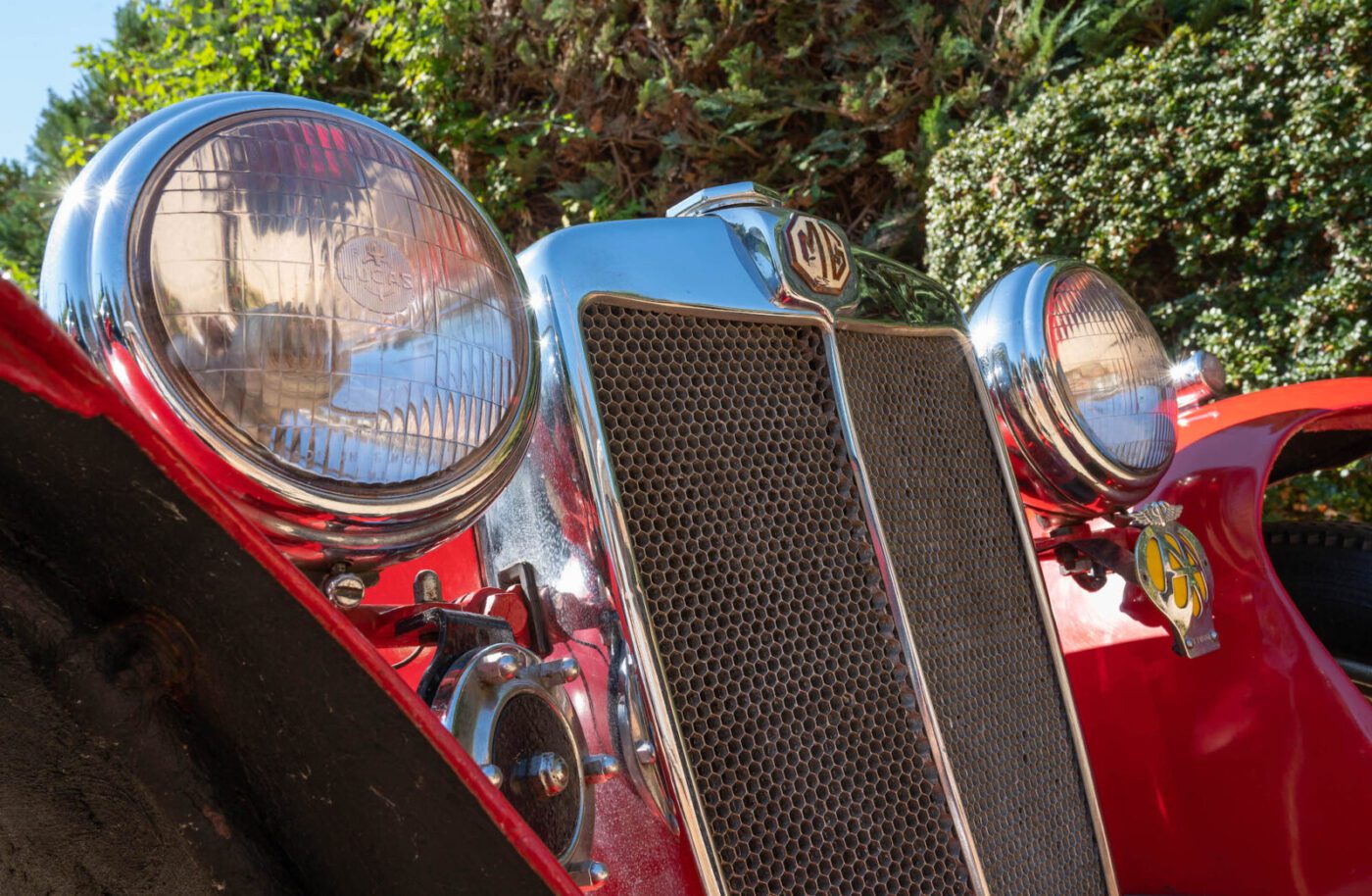
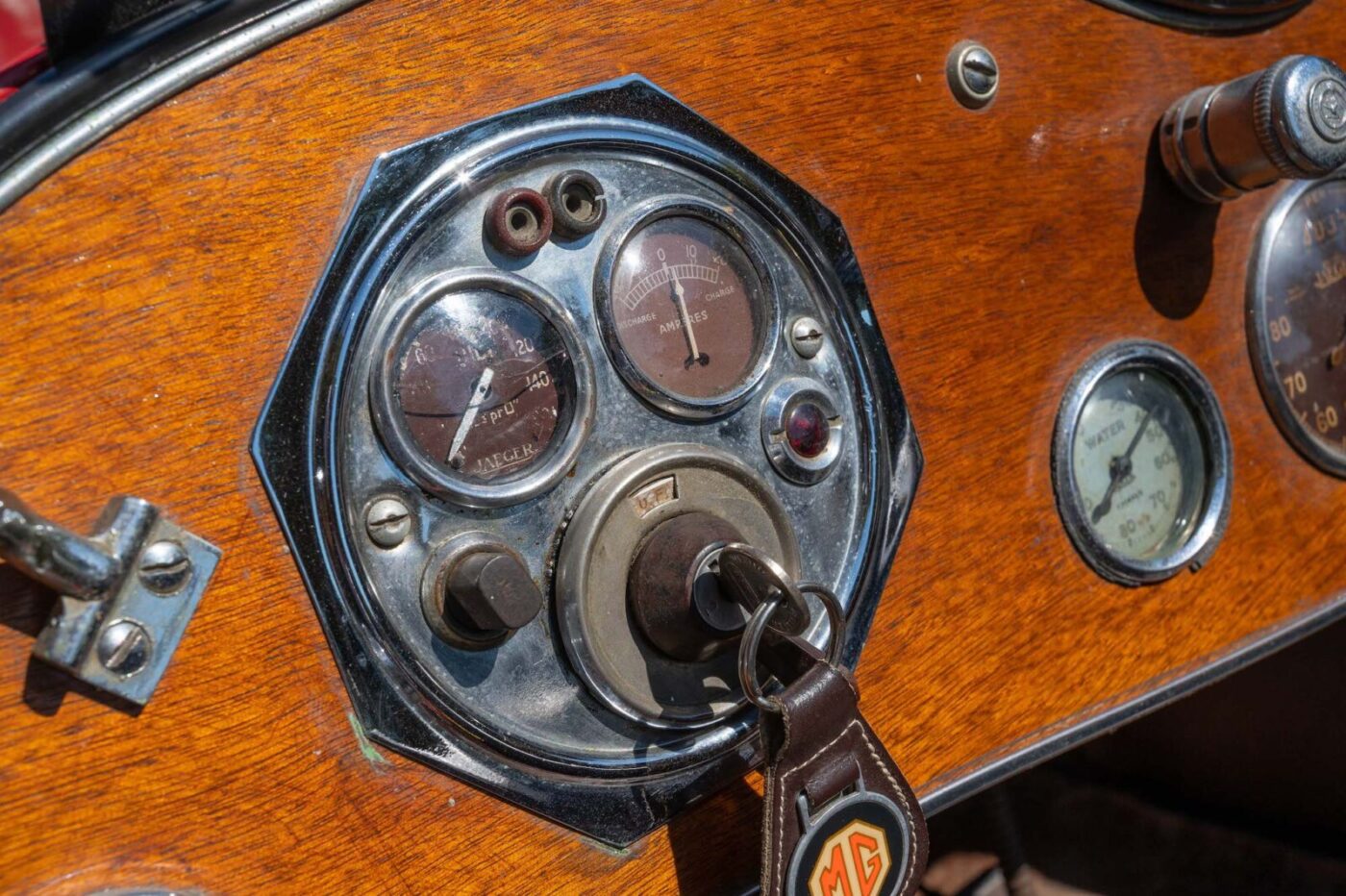
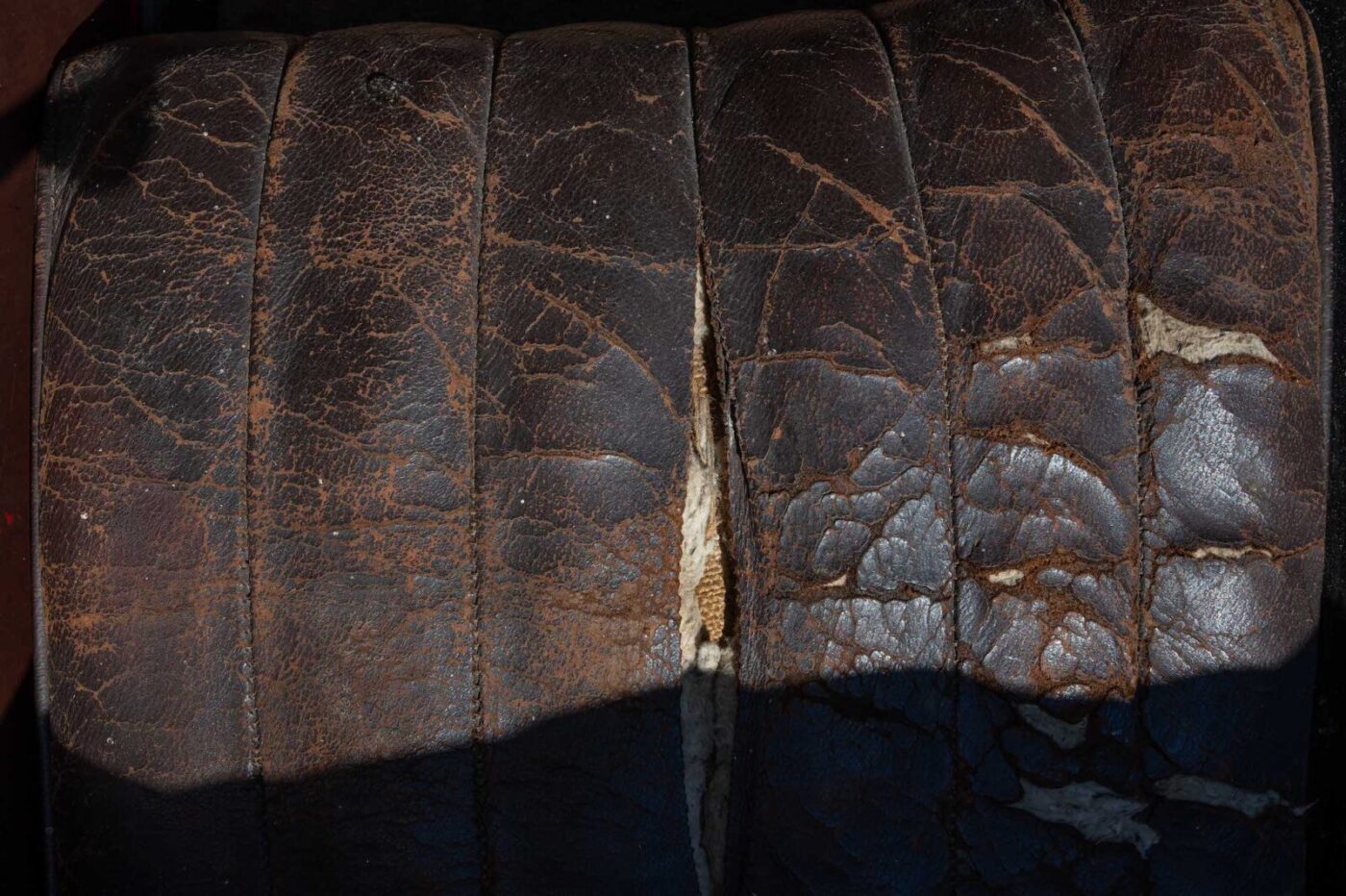
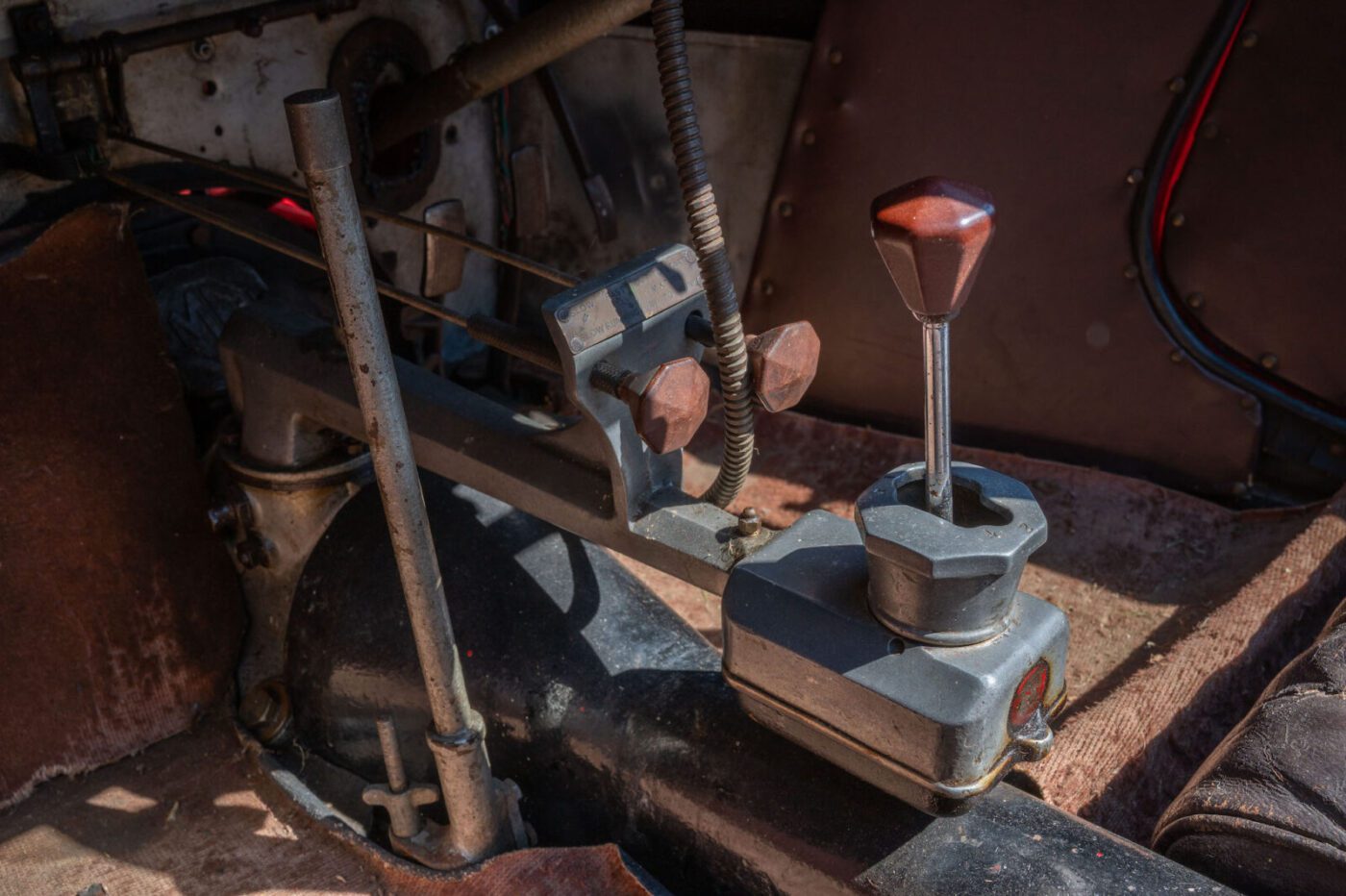
Then it was all about recommissioning the unrestored, 87-year-old MG for the road.
“There are several things you need to make sure you’ve got right,” says Nigel. “Cooling, fuel, oil, and making sure you give the car a fair chance to start. I always put a bit of Redex oil in the top and then run it up on the starter motor with the plugs out to give it a really good lubrication around the upper cylinder and around the piston. Clean the spark plugs and points and yeah, she started.”
After so long out of action, Nigel – who went on to be chief engineer at Norfolk Fire Service after leaving the RAF – describes his “reacquaintance” with the car.
“It seemed like almost yesterday when I put it away for the last time in 2005,” he adds. “There were one or two things you get reminded of. It’s quite a challenging car to drive – the gears are in reverse to where they are normally, a mirror image, so you’ve got to think about that, particularly when you come up to a roundabout because it’s also a crash gearbox so you’ve got to try to synchronise engine speed with road speed and remember where you’re putting the lever.
“As soon as I changed it into second gear I heard the characteristic whine that there is in second, the only gear there’s a whine. There’s also a certain vagueness about the steering – it’s a worm and peg box and it’s renowned for not being very precise.
“The other thing is the brakes; it’s got cable brakes all round, so you’ve got to allow that extra braking distance.”
But, of course, this vehicle is not far off 100 years old, and Nigel’s wife Maggie – the pair met in 2009 – is pleased that he is keeping it on the road, even if she prefers the cars she drives to “just go”.
“I’m not that interested myself, but I’m really keen on history and I think it’s a really good thing to collect and protect,” she says.
As for Nigel, he admits that driving the car after all these years transports him back to his youth.
“I suppose it does, but I tend not to get too sentimental about it really – I’m a pragmatic guy by and large,” he says. “I look at some of the work I did then, in particular treating the corrosion in the running boards, and it’s lasted the test of time.
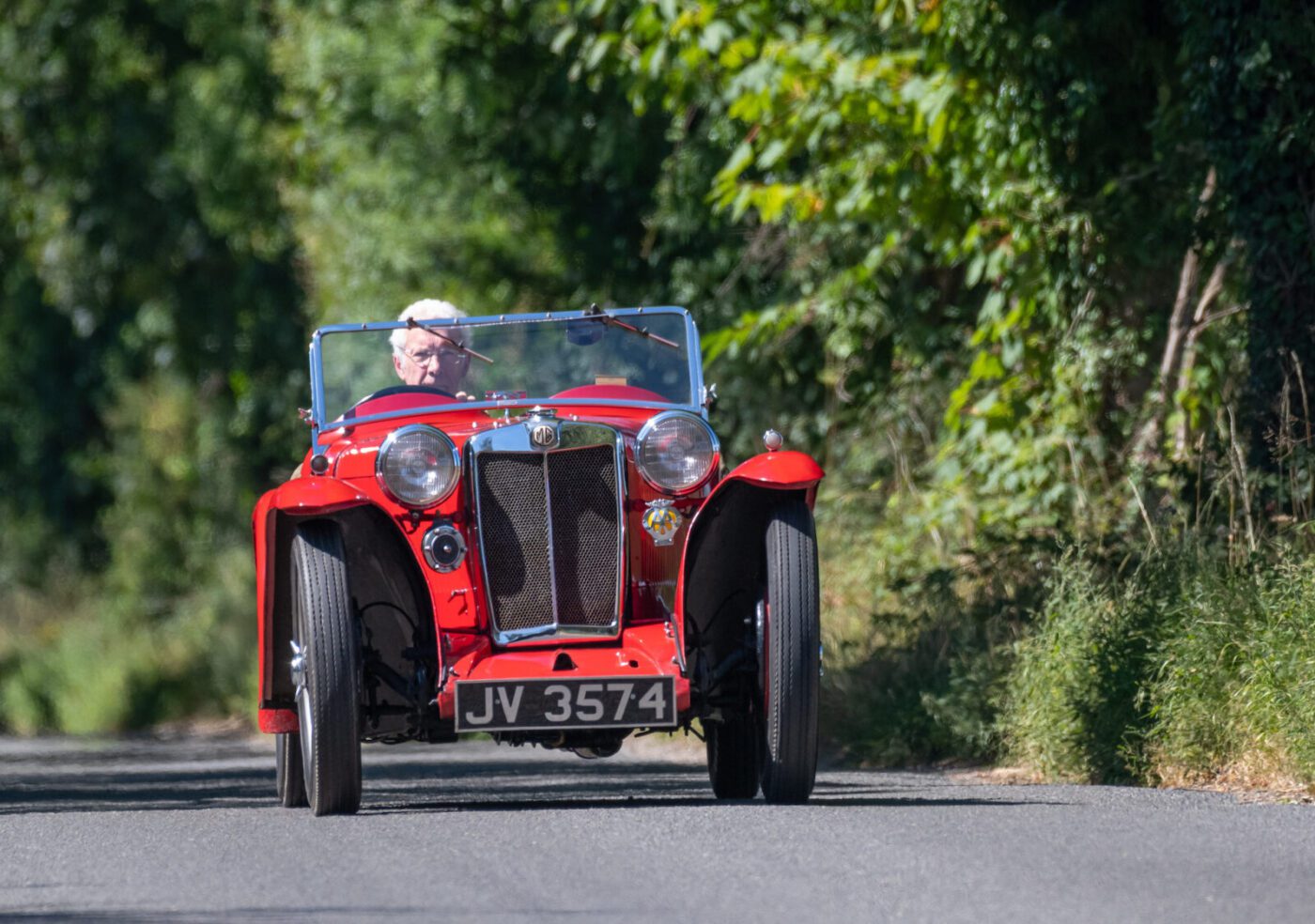
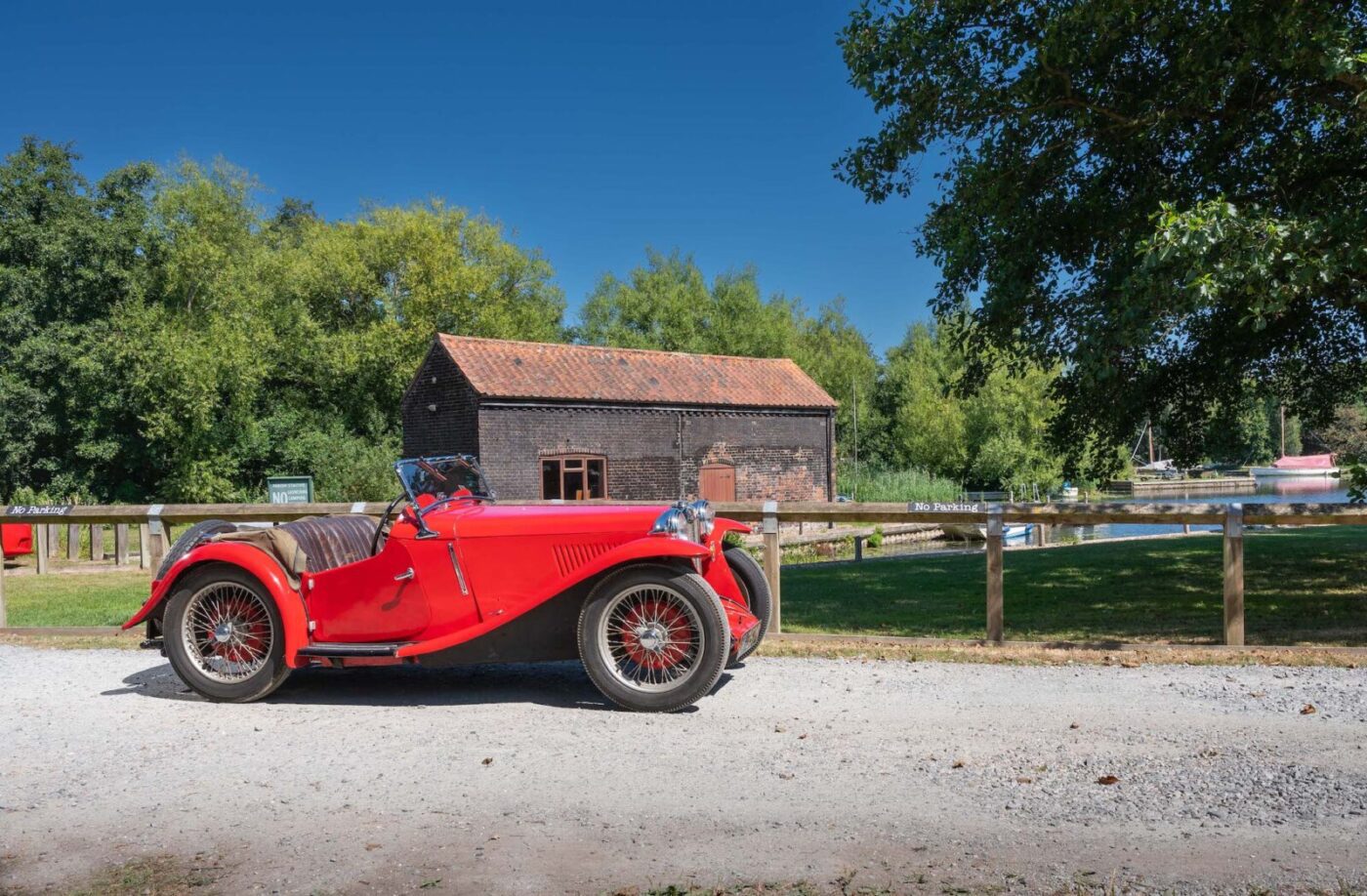
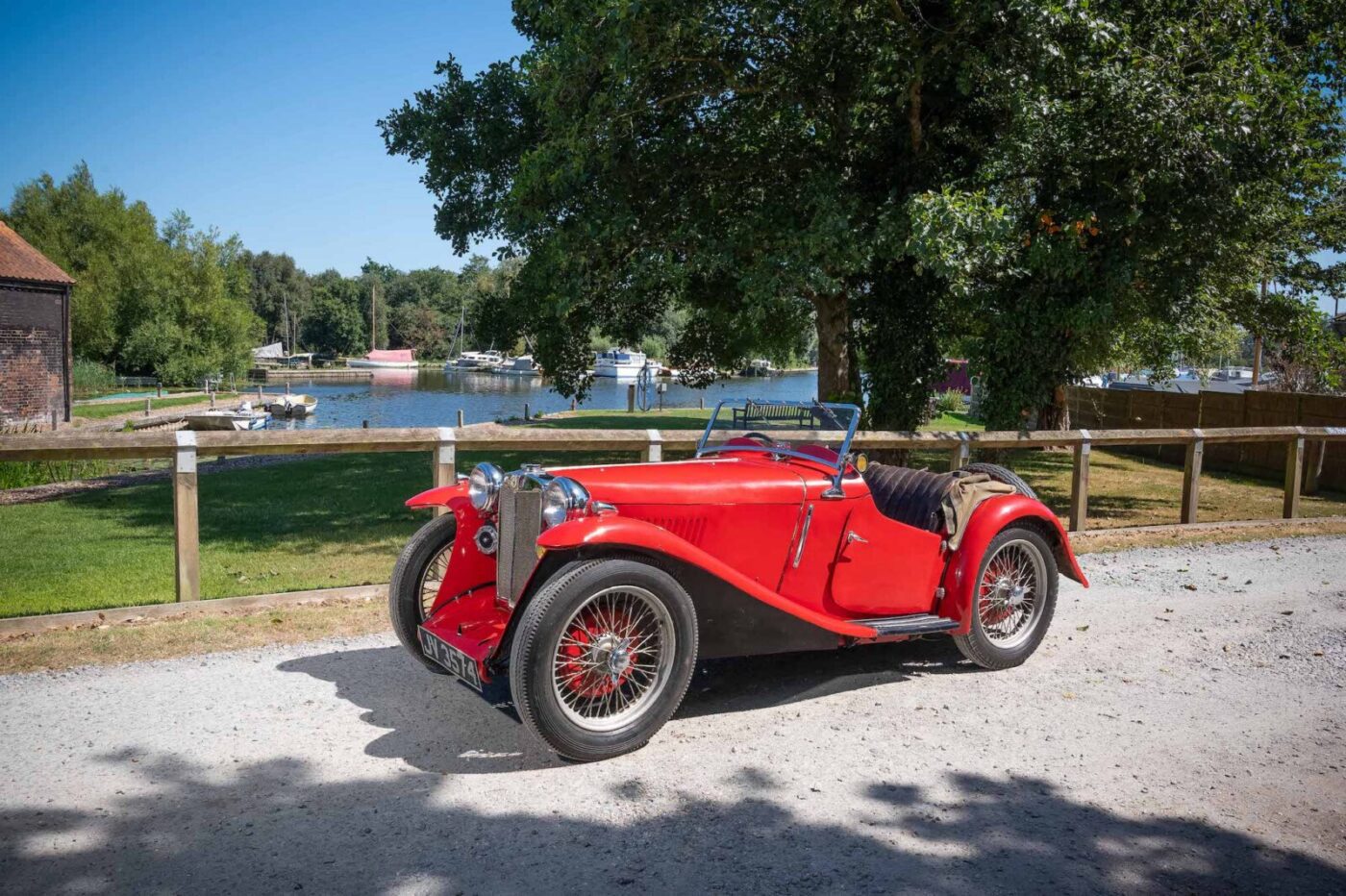
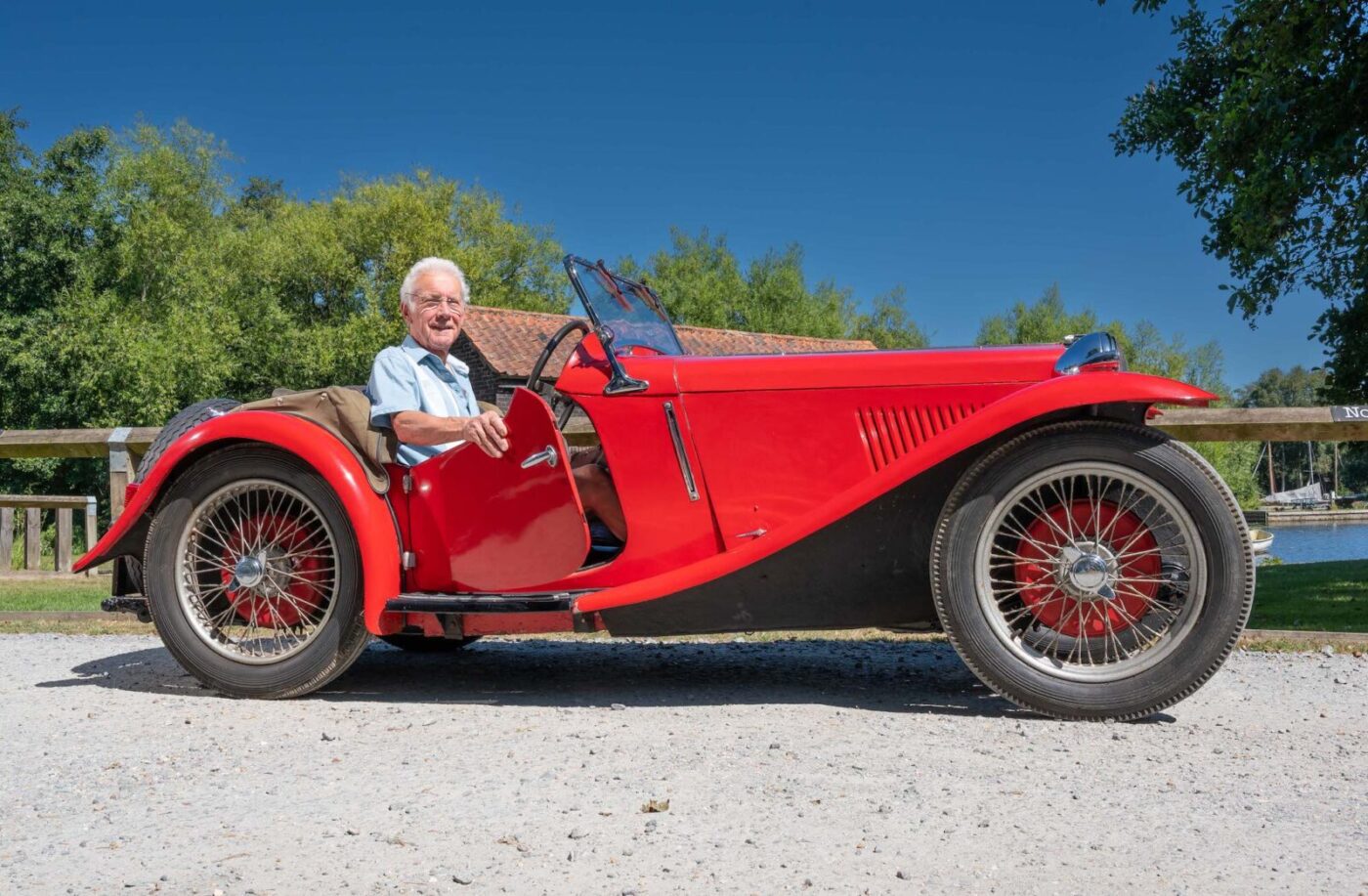
“There is, of course, an attachment to it because it was a project that I took on that met a particular objective – that I’d like a 1930s sports car.”
The MG’s first day out since its incarceration was the short trip from Nigel’s home to a classic car show at a village hall fundraising day.
“There was lots of interest, but it wasn’t the oldest car there – it was sat next to a 1903 Oldsmobile single cylinder,” he says. “Essentially, it’s a fun car, and we will probably go out for trips out round the Broads, along the coast, or to old car shows where it’s of interest.
“We won’t do long hauls. You had to have a degree of tolerance and endurance but they were the standards of those days – people didn’t know any better.”
As for the future, it’s not something that Nigel has really thought about but, after 50 years and with the car now back on the road, it won’t be going anywhere in a hurry.
“It will definitely be staying with me, and I think if you’re going to leave it to someone in the family you need to feel someone will be able to look after it,” he says. “But, of course, everything we have we are just custodians of. When you sell your property, you dispose of the rights of how it should be looked after in the future, and you can’t get too worked up about that.”
For now, there is no doubt that this wonderful little car will be looked after for the generations to come.

